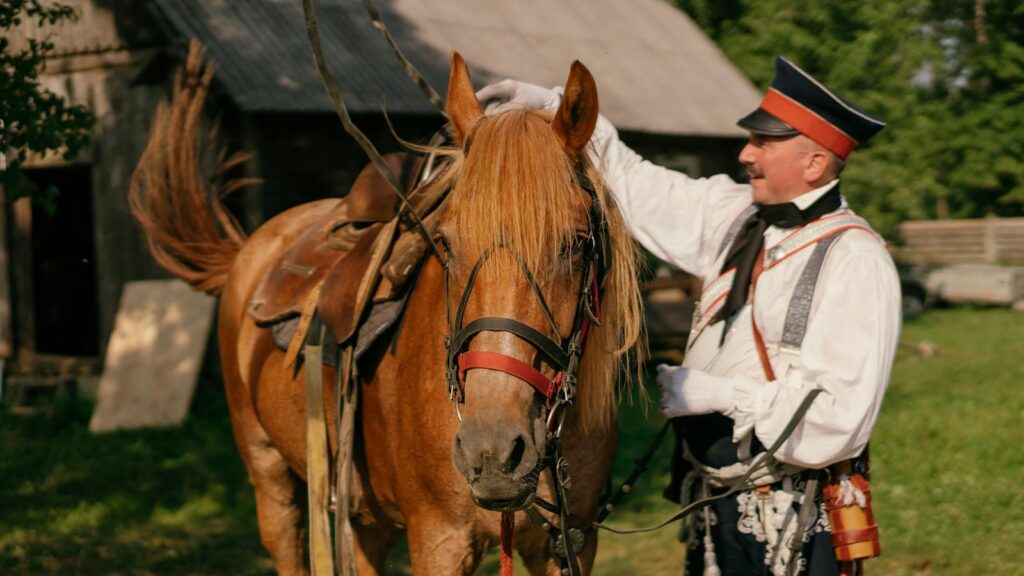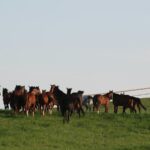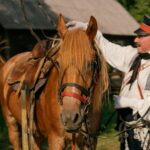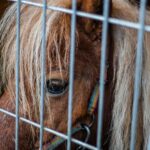In the vast, windswept grasslands of the Eurasian steppe, one of history’s most formidable empires arose not through technological superiority or overwhelming numbers, but through an extraordinary partnership between humans and horses. The Mongol Empire, which at its height stretched from Korea to Eastern Europe, owed its meteoric rise to the humble horse. These animals weren’t merely transportation or beasts of burden—they were the lifeblood of Mongol society, the foundation of their military might, and the key to their unprecedented conquest of nearly a quarter of the Earth’s land surface. The symbiotic relationship between Mongols and their horses transformed a scattered collection of nomadic tribes into history’s largest contiguous land empire, forever changing the course of human civilization. This remarkable story of equine-human partnership demonstrates how deeply animals have shaped our history, and how the Mongols’ mastery of horsemanship created one of the ancient world’s most effective fighting forces.
The Mongol Horse: A Hardy Breed Born of the Steppe
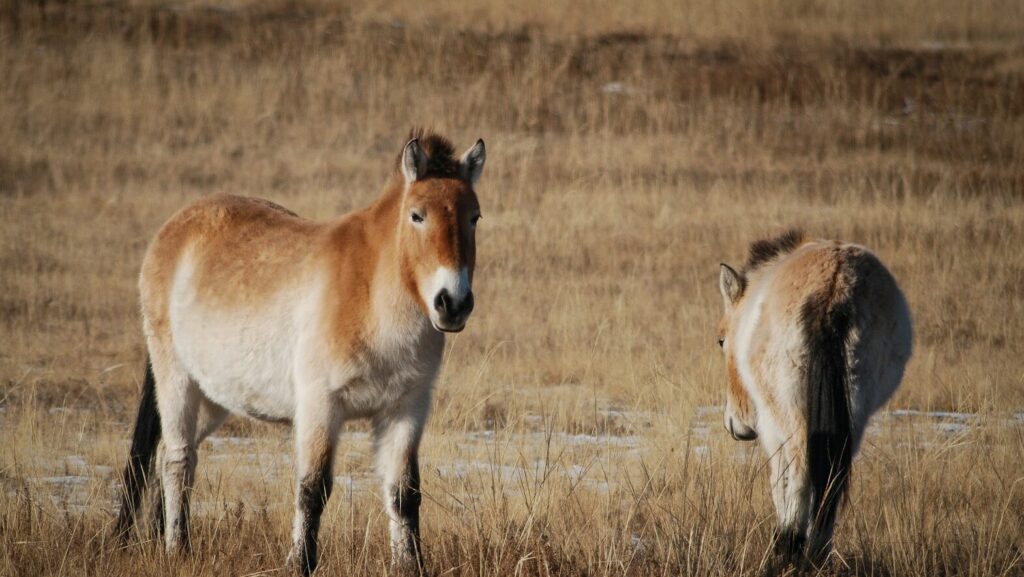
The Mongol horse, though small by modern standards—typically standing only 12 to 14 hands high—was perfectly adapted to the harsh environment of the Mongolian plateau. These horses evolved to withstand temperature extremes ranging from -40°F in winter to 90°F in summer, developing thick winter coats and exceptional hardiness. Their compact bodies and strong hooves allowed them to traverse rocky terrain and icy landscapes that would lame larger breeds. Most impressively, Mongol horses could survive on minimal forage, digging through snow to find grass in winter and traveling long distances without regular watering. This self-sufficiency freed Mongol warriors from the logistical burdens that hampered other armies, allowing them to travel light and fast across vast distances.
Children of the Horse: Early Equestrian Education
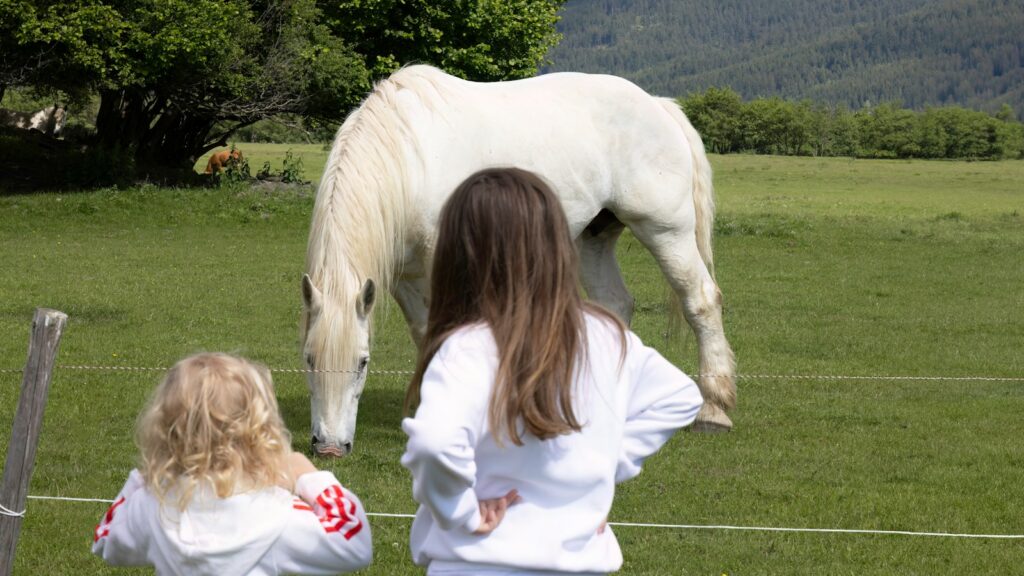
The bond between Mongols and horses began practically from birth, with children learning to ride as young as three years old. By age five, many children could ride independently and participate in horse races; by adolescence, they were accomplished riders capable of shooting arrows with precision while mounted. This lifetime of equestrian education created warriors who were essentially born in the saddle, with riding skills that seemed supernatural to their adversaries. The Mongols’ saying that “a man without a horse is like a bird without wings” reflected how completely horsemanship was integrated into their identity and daily existence. This early and intensive training meant that mounted combat came as naturally to Mongol warriors as walking, giving them an insurmountable advantage against enemies who treated horsemanship as merely a military skill rather than a way of life.
Mobility: The Strategic Edge of the Steppes
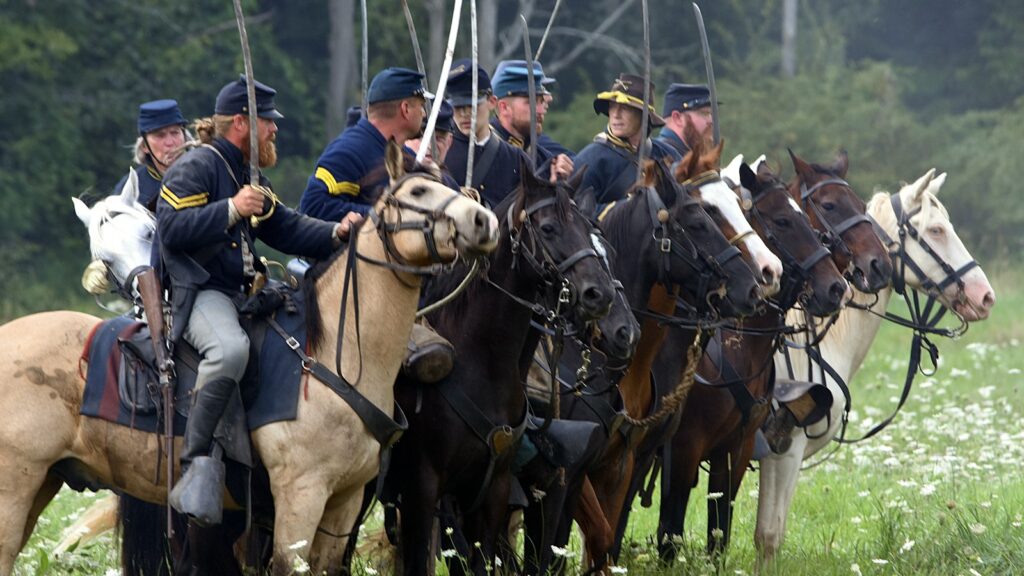
The unprecedented mobility provided by their horses gave the Mongols a strategic advantage that revolutionized warfare. Mongol armies could cover 60 to 100 miles daily—several times the distance of conventional armies—allowing them to appear seemingly out of nowhere to surprise opponents. Each warrior maintained a string of 3-5 horses, rotating mounts throughout the day to keep the animals fresh and maintain a rapid pace. This mobility enabled the implementation of sophisticated flanking maneuvers, feigned retreats, and lightning-quick withdrawals that befuddled and exhausted enemies accustomed to more static warfare. Perhaps most importantly, the Mongols’ horse-based logistics system allowed them to operate effectively hundreds of miles from their homeland, projecting power across continents in an era when most armies were limited to campaigning within relatively small regions.
Composite Bow and Mounted Archery
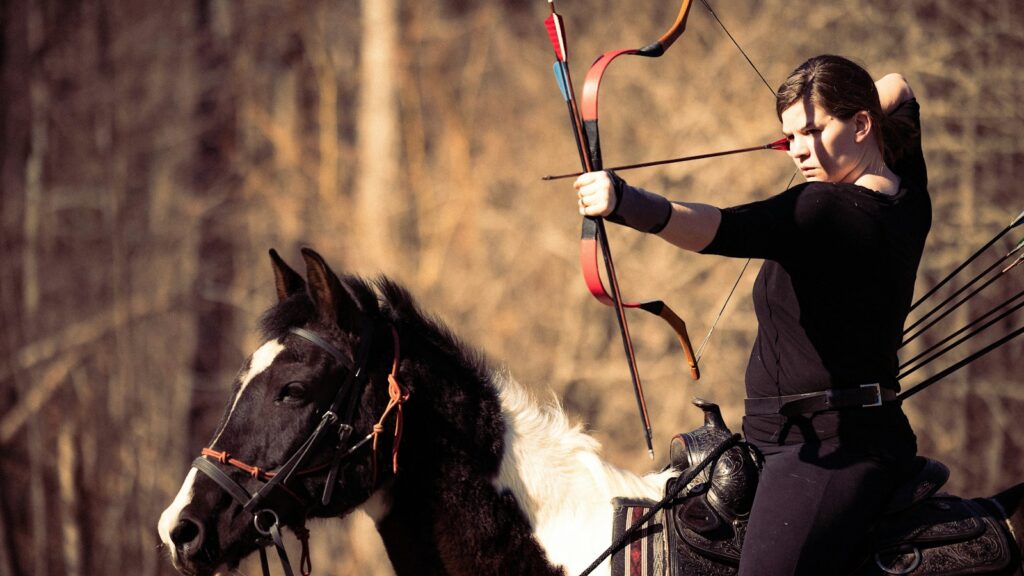
The deadly combination of the Mongol composite bow and superb horsemanship created history’s most effective mounted archers. The distinctive composite bow, made from layers of wood, horn, and sinew, delivered arrows with accuracy and power comparable to the English longbow but in a much more compact package suitable for horseback use. Mongol warriors could hit targets accurately at 200 yards while at full gallop, shooting in any direction—even turning backward in the saddle to fire the famous “Parthian shot” at pursuing enemies. This mounted archery allowed the Mongols to employ “hit-and-run” tactics, peppering enemy formations with arrows while staying safely out of reach of hand-to-hand combat. The psychological impact of these swirling, seemingly invulnerable archers demoralized many opponents before direct engagement even began.
Stirrups and Saddle Design: Engineering Behind Mongol Success
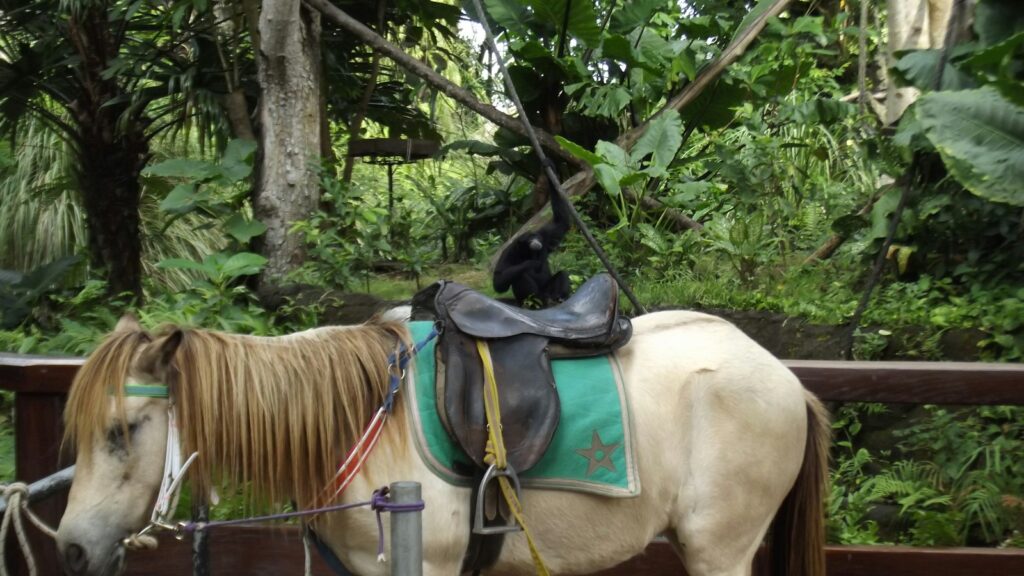
The specialized equipment developed for Mongol horses played a crucial role in their military dominance. The Mongol saddle, with its high front and back, secured riders firmly in place during high-speed maneuvers and provided a stable platform for archery. These wooden-framed saddles distributed weight evenly across the horse’s back, preventing fatigue and injury during long campaigns. The complementary stirrup design allowed warriors to stand upright while shooting, effectively turning their legs and the stirrups into a shock-absorbing system that improved accuracy. Advanced bridle systems permitted one-handed control of the horse, freeing the other hand for weapons. These seemingly simple technological adaptations gave Mongol cavalry unprecedented stability and control during combat, transforming horses from mere transportation into sophisticated weapons platforms.
Mare’s Milk and Blood: Horses as a Food Source
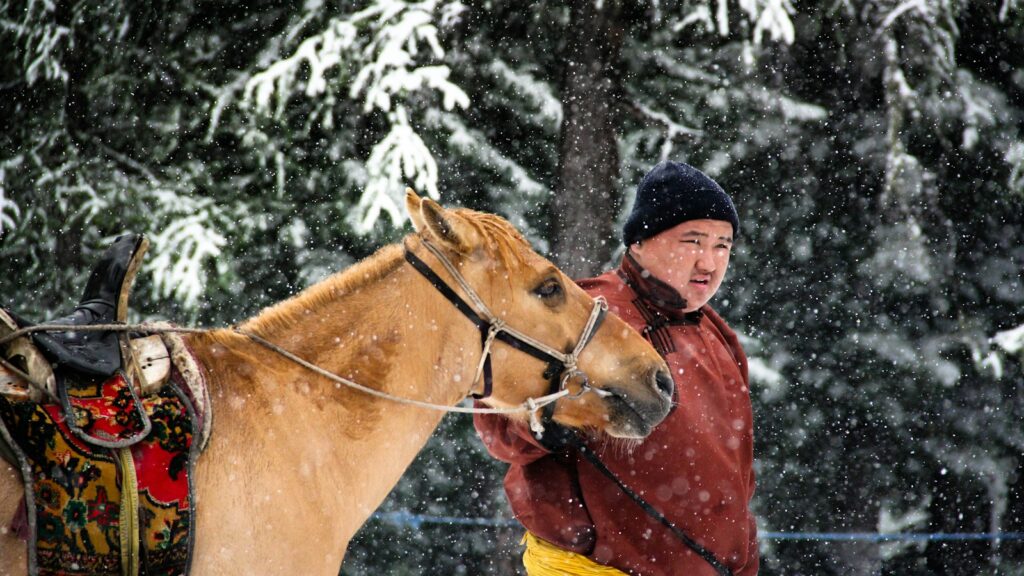
Beyond their military utility, horses provided crucial sustenance for Mongol forces on campaign. Warriors routinely drew small amounts of blood from their horses’ neck veins, sometimes mixing it with milk or drinking it straight—a practice that provided emergency nutrition without harming the animal. Fermented mare’s milk, known as airag or kumis, was a staple of the Mongol diet, providing protein, calories, and hydration in a form that could be stored for weeks. During winter campaigns, Mongols would sometimes make a small cut in their horse’s vein, drink the blood, and then seal the wound—a practice that horrified but impressed outside observers. The ability to derive sustenance directly from their mounts meant Mongol armies could operate in environments where other forces would starve, traversing deserts and mountains that formed natural barriers to conventional armies.
The Decimal System: Organizing an Equestrian Army
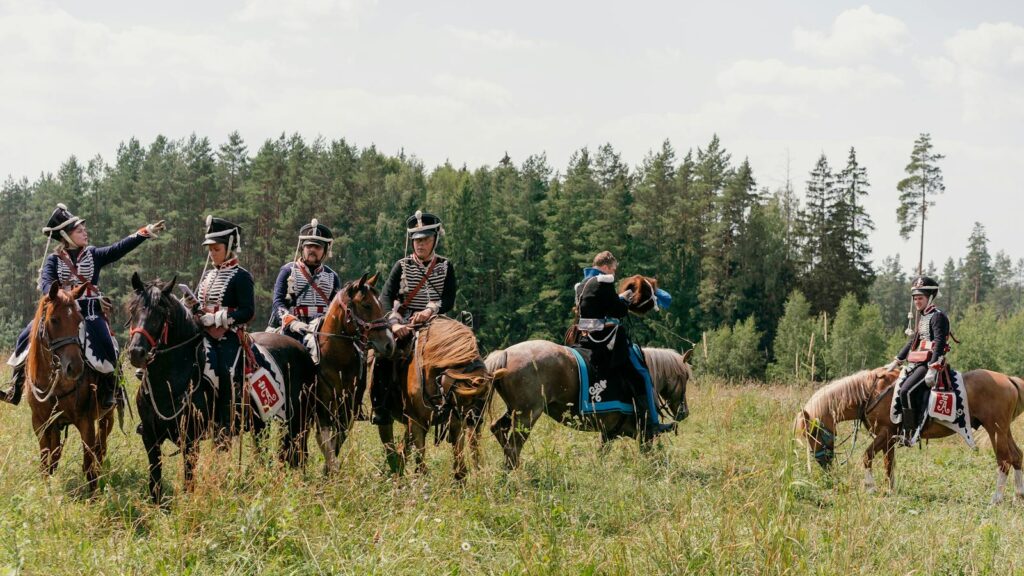
Genghis Khan revolutionized military organization by structuring his forces in decimal units specifically designed around horse mobility. The basic unit, the arban (10 warriors), could operate independently or combine into larger formations: zuuns (100), mingghans (1,000), and tumens (10,000). This organizational structure perfectly complemented their equestrian capabilities, allowing Mongol forces to split into smaller units for raiding or foraging and rapidly reconstitute into larger formations for pitched battles. Commanders at each level had significant autonomy, enabling them to exploit fleeting opportunities without waiting for orders from headquarters. The decimal system, coupled with sophisticated horn and flag signaling systems, allowed Mongol armies to coordinate complex battlefield maneuvers across vast distances, executing pincer movements and envelopments that often completely surrounded bewildered enemies.
Horse Herding and Logistical Superiority
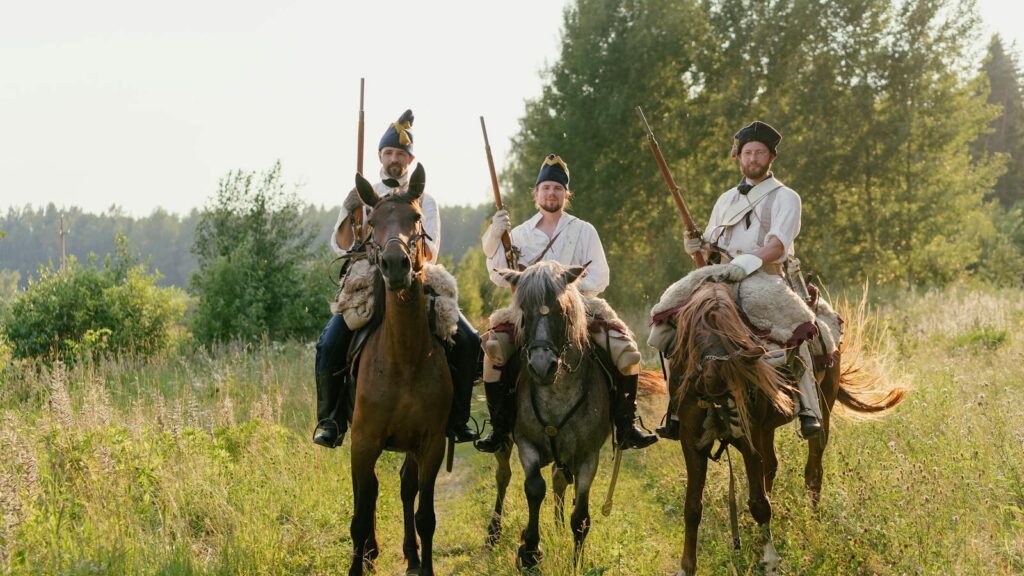
The Mongols’ nomadic expertise in managing large horse herds translated directly into military logistical advantages. Each Mongol warrior typically brought 3-5 horses on campaign, creating massive herds that accompanied armies—sometimes exceeding 100,000 animals for large expeditions. These herds required no supply wagons or grain stockpiles, instead grazing on available pasture as the army moved. Specialized herders within each unit managed these equine resources, ensuring horses were rotated properly and preventing overgrazing. The ability to sustain these massive herds on natural forage eliminated the supply trains that slowed other medieval armies, allowing Mongol forces to move at previously impossible speeds across vast territories. This self-sustaining logistical system was so effective that Mongol armies could operate thousands of miles from their homeland for years at a time, a capability unmatched until the modern era.
Intelligence and Communication Networks
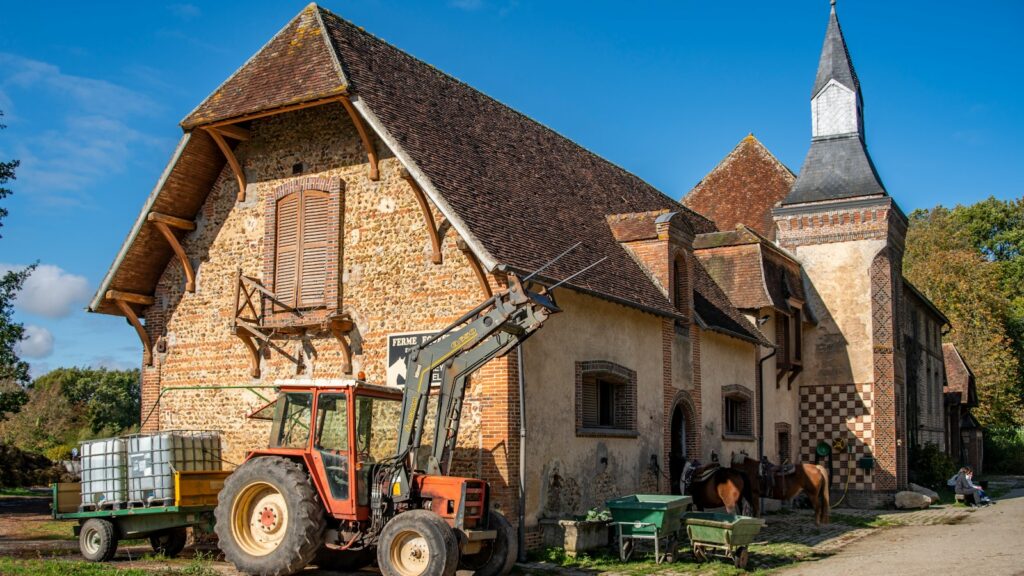
The empire’s remarkable horse relay system, known as the Yam, represented perhaps history’s first sophisticated intelligence and communication network. Relay stations were established approximately 20-30 miles apart throughout conquered territories, each maintaining fresh horses and riders to carry messages and intelligence. Using this system, messages could travel up to 250 miles per day, allowing information to move from Mongolia to Persian territories in a matter of weeks rather than months. This communication network gave Mongol commanders unprecedented strategic awareness, with intelligence about distant territories arriving in time to be actionable. The Yam system also facilitated imperial administration, allowing the Mongols to govern their vast territories more effectively than previous empires of comparable size, even though much of their leadership remained mobile rather than urban-based.
Horse Diplomacy and Status Symbols
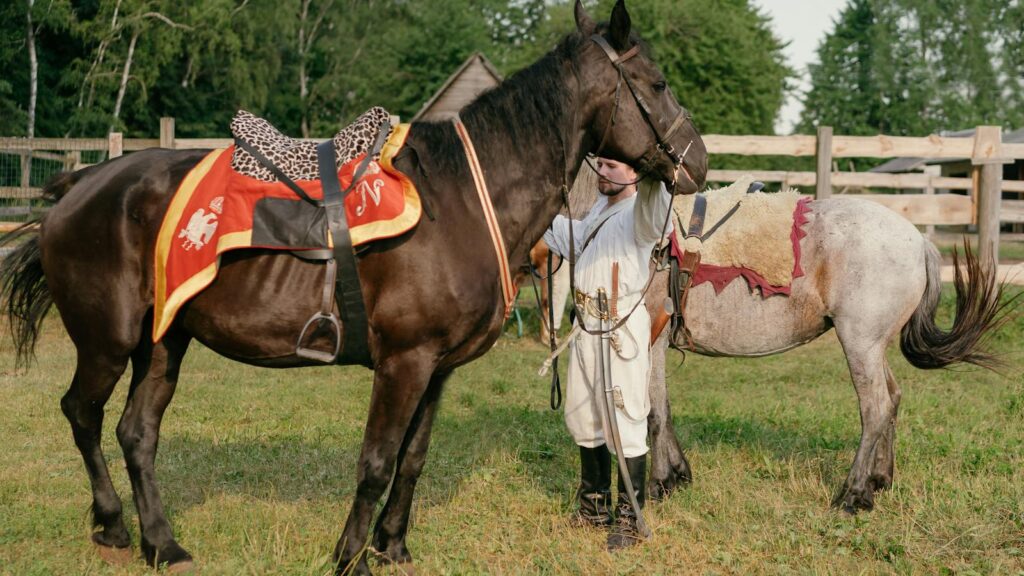
Horses also played a central role in Mongol diplomacy and social hierarchy, serving as symbols of wealth, power, and prestige. The gifting of fine horses represented the highest honor in Mongol society, with specially bred white horses reserved for khans and important diplomatic exchanges. Horse racing competitions served as important diplomatic venues where alliances were formed and disputes settled without bloodshed. Within Mongol society, a person’s status was often directly measured by the quality and quantity of their horses, creating a meritocratic system where skilled horse breeders and trainers could rise to prominence regardless of their birth. This equine-centered cultural framework extended into religious practice as well, with horses frequently sacrificed at important ceremonies and buried with notable leaders.
Adaptation to Conquered Territories
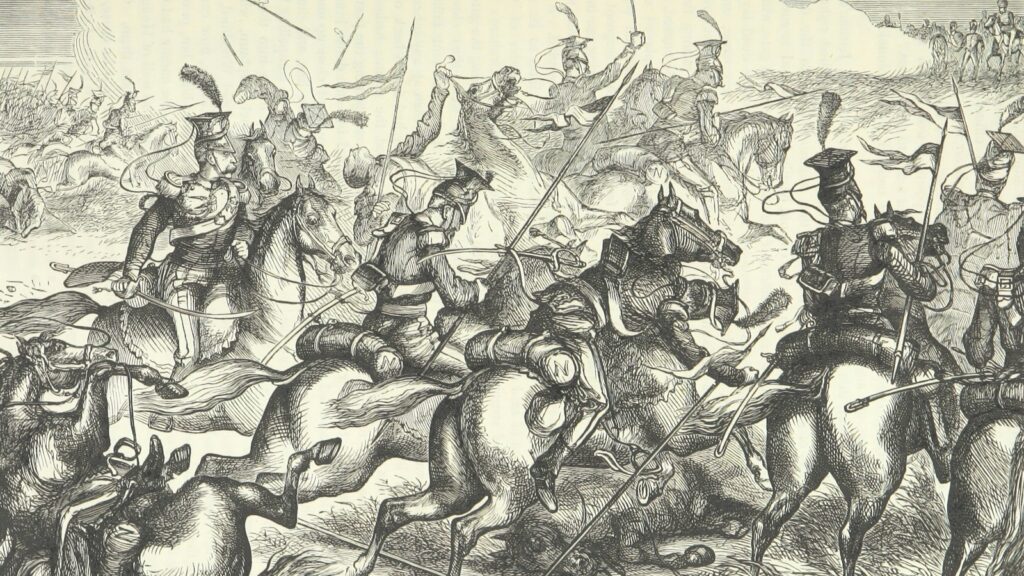
As the empire expanded into diverse environments, the Mongols demonstrated remarkable adaptability in their equestrian practices. In the humid climates of China and parts of Central Asia, they incorporated local breeds and modified their tactics to account for terrain less suited to steppe warfare. When confronting heavily armored European knights, Mongols adapted by increasing the use of lassoes and hooked spears designed to pull armored opponents from their mounts. The horse-breeding programs established throughout the empire facilitated selective breeding for desired traits, creating specialized horses for different regions and purposes. This willingness to adapt their equestrian practices while maintaining their core horse-centered identity allowed the Mongols to overcome environmental challenges that had limited previous nomadic expansions.
Legacy: How Mongol Horsemanship Changed World History
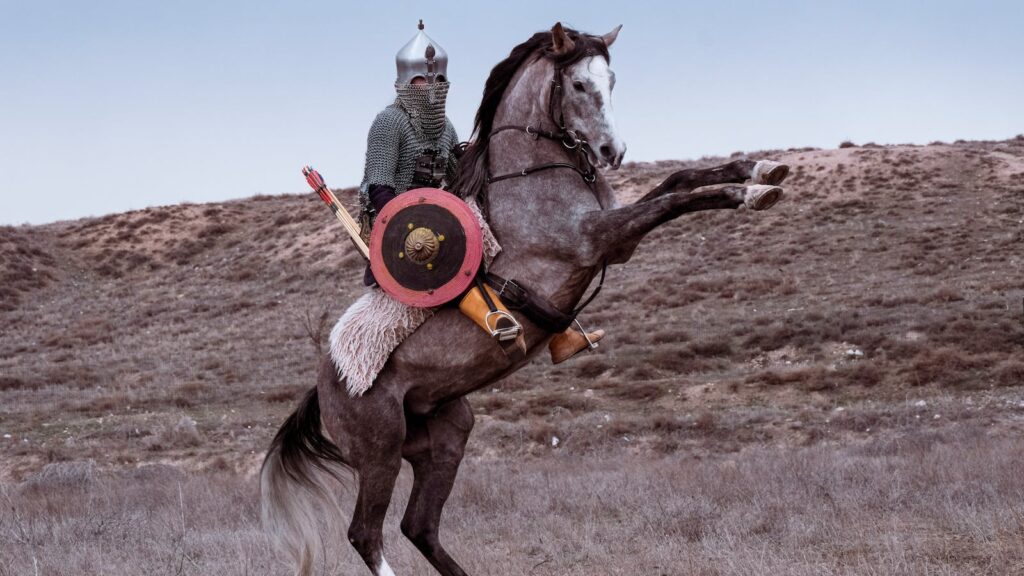
The Mongol Empire’s horse-centric military system permanently transformed warfare across Eurasia, inspiring military adaptations from China to Europe. Their horse relay communication system became a model for later imperial postal services, including those of colonial America and Tsarist Russia. In genetic terms, the conquest-era dispersal of horses and horse-breeding techniques created lasting changes to equine populations throughout Asia and Eastern Europe. The Mongols’ horse-based military success prompted defensive innovations, including the development of early handguns in China and improved castle designs in Eastern Europe specifically intended to counter mounted archers. Perhaps most significantly, the unprecedented connectivity created by the horse-enabled Mongol conquests facilitated cultural and technological exchange across Eurasia, creating networks that would later support the Silk Road trade and spread innovations including gunpowder, printing, and navigational techniques throughout the medieval world.
Modern Preservation of the Mongolian Horse Tradition

Today’s Mongolia maintains strong connections to its equestrian heritage, with horses remaining central to national identity despite modernization. The annual Naadam festival features horse racing competitions where child jockeys ride distances up to 30 kilometers, preserving traditions that date back to Genghis Khan’s era. Conservation efforts focus on protecting pure Mongolian horse bloodlines, which faced dilution during the Soviet period when crossbreeding with larger Russian horses was encouraged. Modern genetic studies have confirmed that today’s Mongolian horses are indeed direct descendants of the mounts that carried Genghis Khan’s armies, representing one of the oldest and least-changed horse breeds in existence. This living connection to the equestrian traditions that built the empire represents an important cultural heritage not just for Mongolia but for world history, preserving practical knowledge about horse-human relationships developed over thousands of years on the steppe.
conclusion
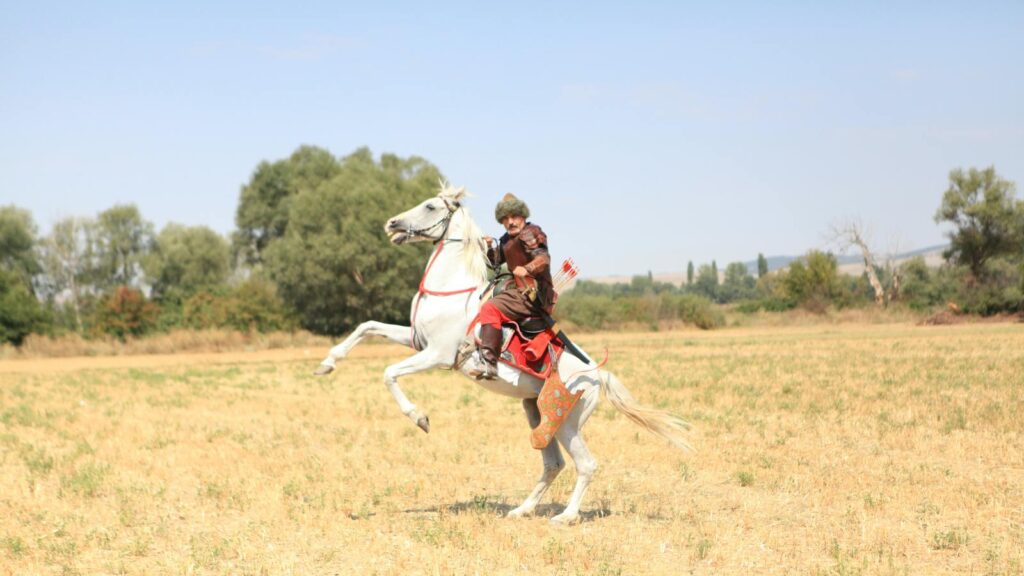
The extraordinary partnership between the Mongols and their horses represents one of history’s most consequential human-animal relationships. From modest beginnings on the Mongolian plateau emerged a military system that conquered much of the known world, facilitated unprecedented cross-cultural exchange, and established new standards for mobility in warfare. The Mongol horse—small, hardy, and perfectly adapted to its environment—became the foundation for an empire larger than Rome’s at its height. This historical example demonstrates how profoundly animals have shaped human societies and how specialized knowledge—in this case, the Mongols’ extraordinary horsemanship—can transform the balance of power between civilizations. The legacy of this relationship continues in Mongolia’s cultural practices today, a living connection to an equestrian tradition that once reshaped the world. In the story of the Mongol Empire, we find perhaps history’s most compelling illustration of how the humble horse has been humanity’s most transformative animal ally.

